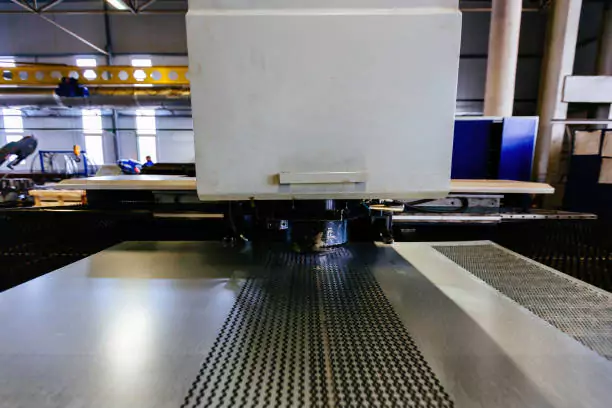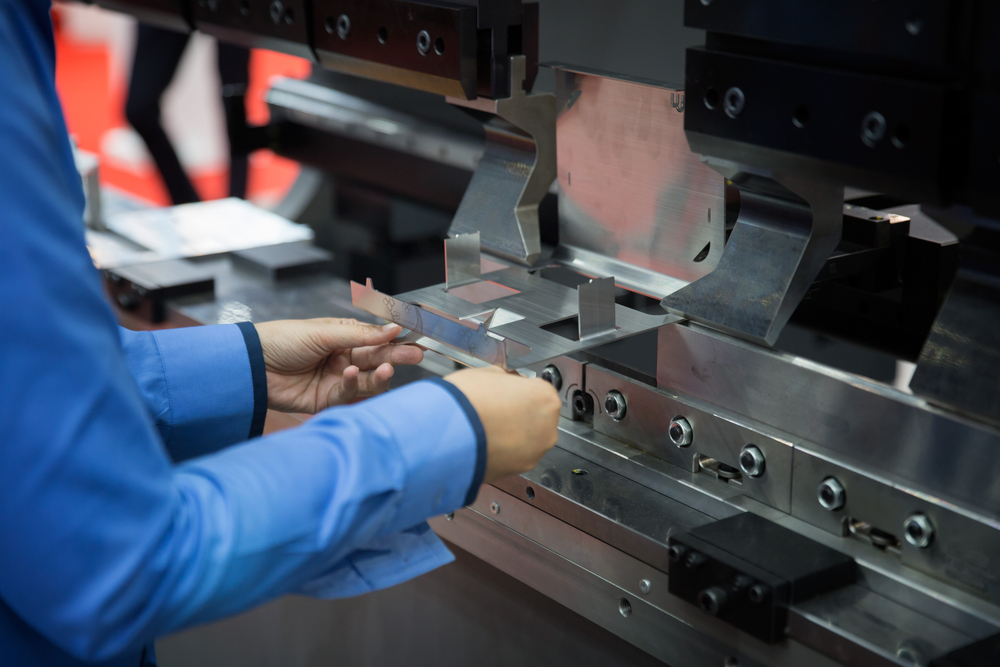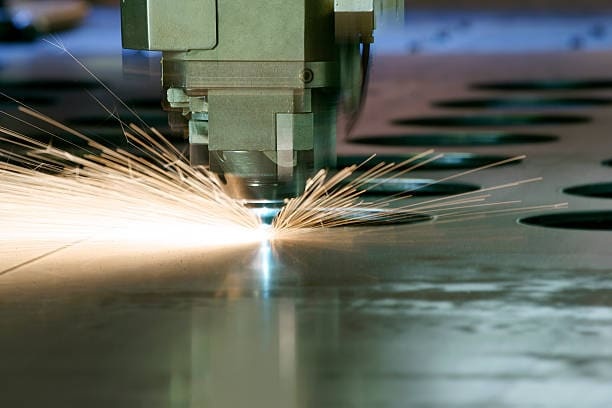In the dynamic world of industrial manufacturing, ensuring the seamless operation of machinery is crucial for maintaining productivity and efficiency. One of the most essential strategies in this domain is Predictive Maintenance for Stamping Presses. This approach not only enhances machine longevity but also optimizes the production process, reducing downtime and costs.
Predictive Maintenance involves the use of advanced data analytics and monitoring tools to predict equipment failures before they occur. For stamping presses, this means utilizing sensors and diagnostic tools to monitor machine health and performance in real-time. By doing so, manufacturers can schedule maintenance activities at the most opportune times, avoiding unexpected breakdowns and extending the life of their equipment.

Understanding Stamping Presses
Stamping presses are vital in the manufacturing industry, used to convert flat metal sheets into specific shapes. This process, known as metal stamping, is fundamental in producing parts for automotive, aerospace, and consumer electronics. Ensuring these machines function optimally is essential for maintaining high production standards.
Key Components of Stamping Presses
These machines consist of several key components, including the die, ram, and bolster plate. Each component plays a crucial role in the stamping process, and wear or failure of any part can lead to significant production delays. Regular maintenance of these components is vital to prevent costly downtimes.
The Importance of Predictive Maintenance
Implementing Predictive Maintenance for stamping presses offers numerous benefits. It helps in early detection of potential issues, allowing manufacturers to address problems before they escalate. This proactive approach minimizes machine downtime, ensuring continuous and efficient production.
Benefits of Predictive Maintenance
- Reduced Downtime: By predicting and addressing issues early, manufacturers can avoid unexpected machine failures.
- Cost Efficiency: Scheduled maintenance reduces repair costs and extends the lifespan of machinery.
- Enhanced Safety: Ensures machines are operating safely, protecting workers from potential hazards.
- Improved Quality: Consistent machine performance ensures high-quality production.
Technologies in Predictive Maintenance
Advancements in technology have revolutionized Predictive Maintenance. The integration of IoT devices, machine learning, and data analytics has made it easier to monitor and predict machine performance.
IoT and Sensor Technology
IoT devices and sensors play a crucial role in collecting real-time data from stamping presses. This data is then analyzed to identify patterns and predict potential failures.
Machine Learning and Data Analytics
Machine learning algorithms analyze historical and real-time data to predict future equipment failures. This allows for precise maintenance scheduling, optimizing machinery performance.
Implementing Predictive Maintenance
For successful implementation, manufacturers need to invest in the right tools and technologies. Developing a comprehensive maintenance strategy tailored to specific needs is essential.
Strategies for Implementation
Begin by assessing current maintenance practices and identifying areas for improvement. Investing in advanced monitoring equipment and training staff in data analysis and interpretation is crucial.
Challenges and Solutions
While Predictive Maintenance offers many benefits, it also presents challenges such as high initial investment costs and the need for skilled personnel.
Overcoming Challenges
To overcome these challenges, manufacturers can start with pilot projects to demonstrate ROI and gradually scale up their Predictive Maintenance efforts. Partnering with technology providers and investing in employee training can also mitigate these challenges.
Future of Predictive Maintenance
The future of Predictive Maintenance is promising, with continuous advancements in technology. As more manufacturers adopt this approach, we can expect greater efficiency and productivity in the industrial sector.
Trends to Watch
- Increased use of AI and machine learning for more accurate predictions.
- Greater integration of IoT devices for comprehensive data collection.
- Development of user-friendly platforms for easier data analysis.
Conclusion
Adopting Predictive Maintenance for stamping presses is a strategic move for manufacturers aiming to enhance efficiency and reduce costs. By leveraging advanced technologies and data analytics, manufacturers can ensure their machinery operates at peak performance, leading to increased productivity and profitability.

FAQ
What is Predictive Maintenance?
Predictive Maintenance involves using data analytics to predict when equipment maintenance should be performed, preventing unexpected failures.
Why is it Important for Stamping Presses?
It helps in reducing downtime and maintenance costs, ensuring the smooth operation of stamping presses.
What Technologies are Used in Predictive Maintenance?
Technologies such as IoT, machine learning, and data analytics are commonly used to facilitate Predictive Maintenance.
This article contains affiliate links. We may earn a commission at no extra cost to you.

